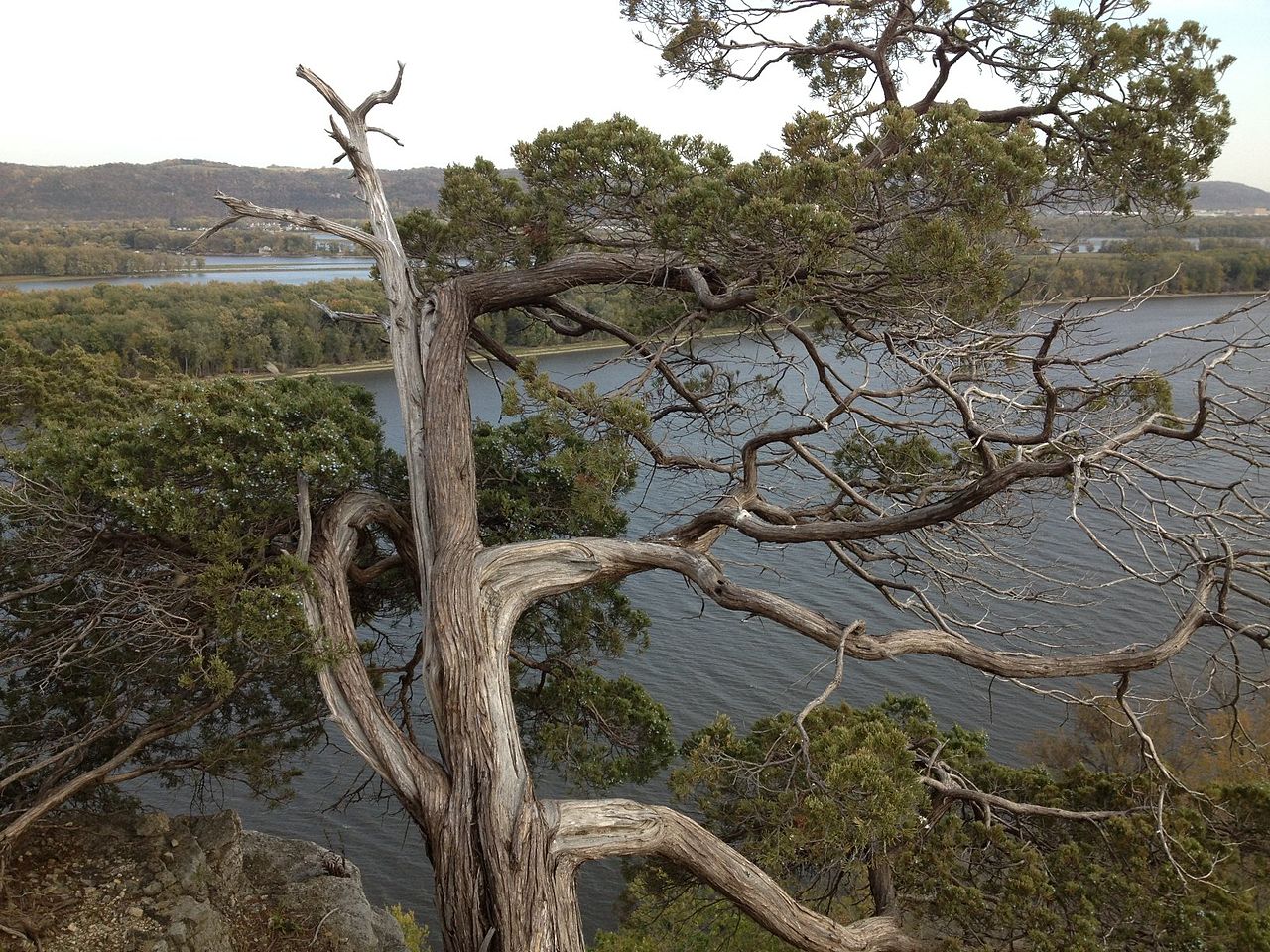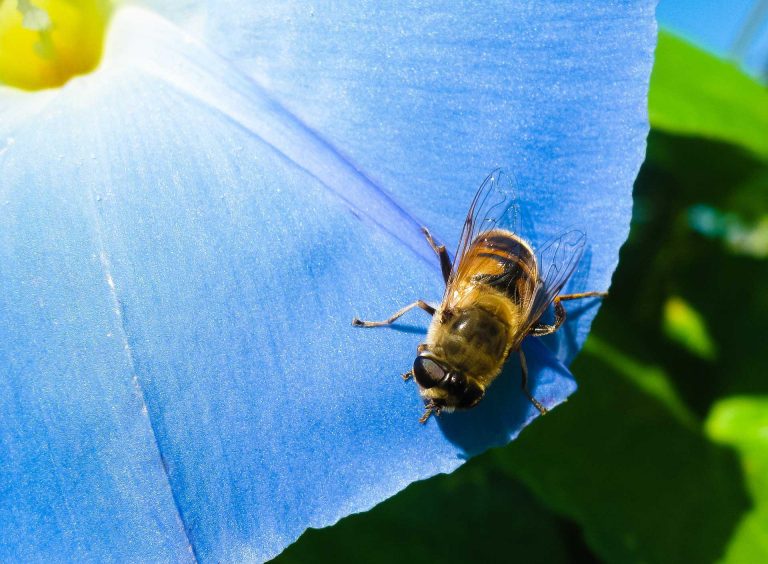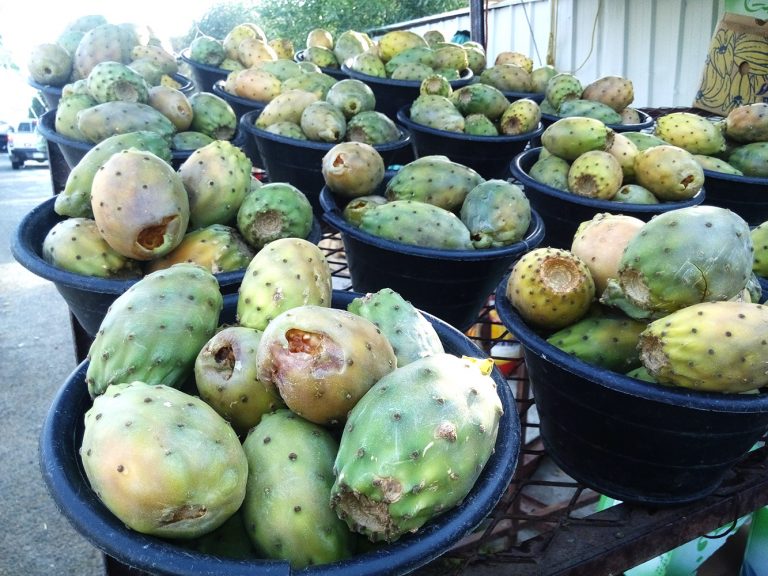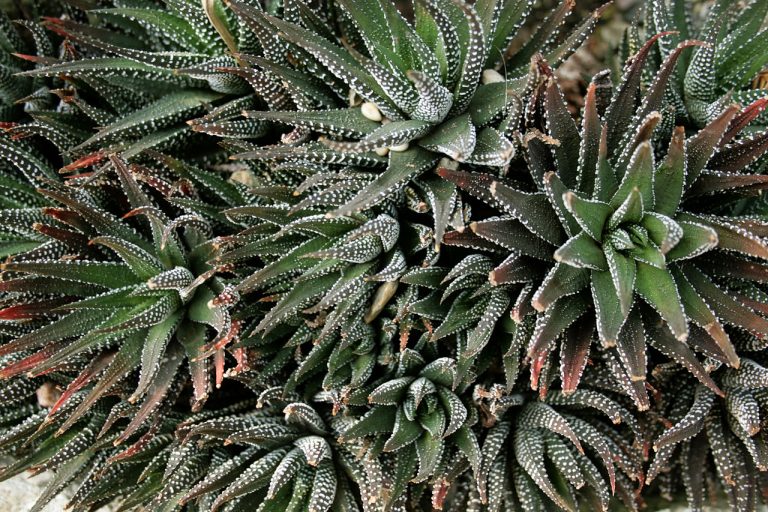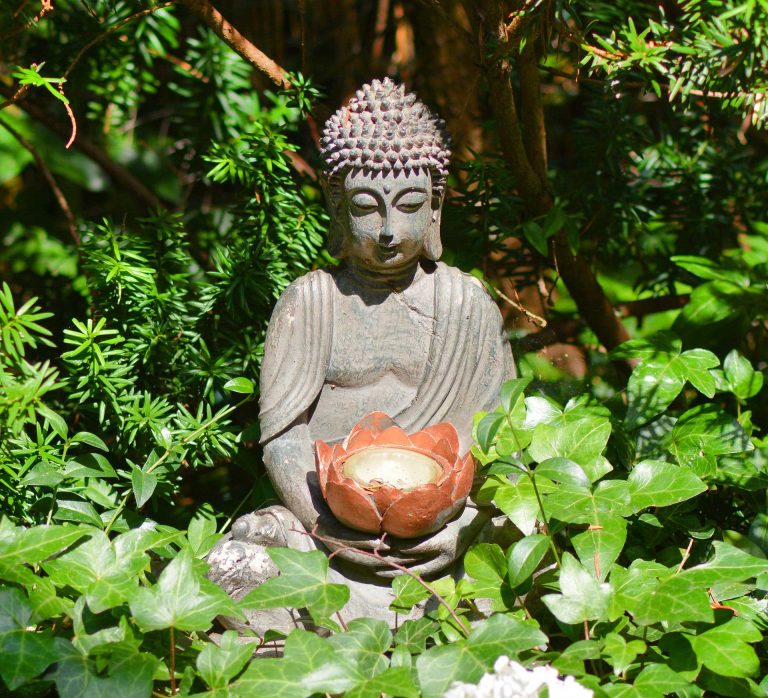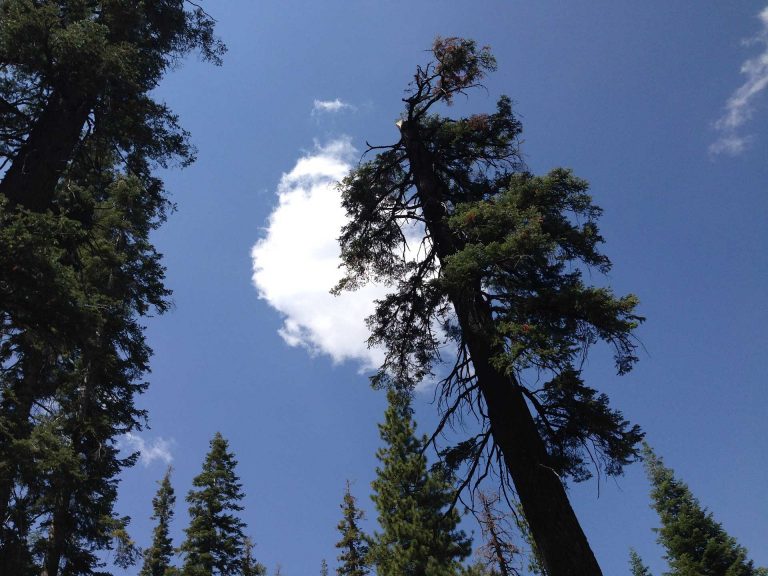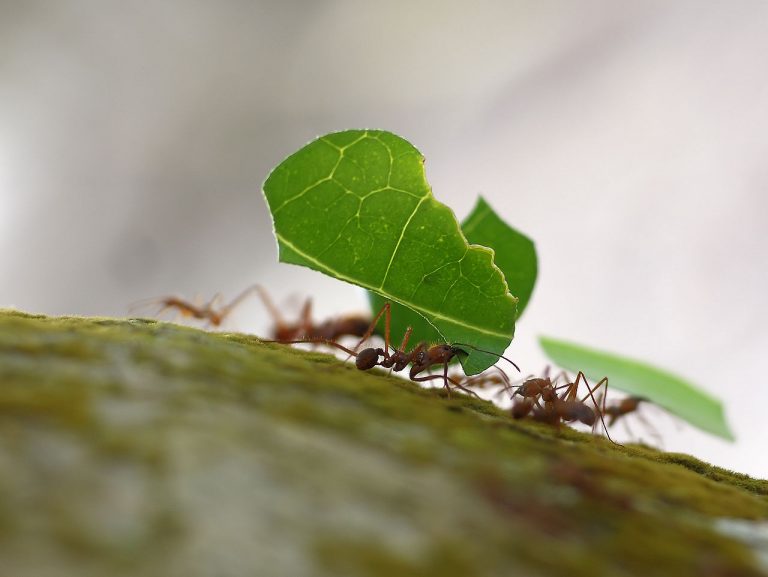Juniper Tree
Scientific classification
| Kingdom: | Plantae |
| Division: | Pinophyta |
| Class: | Pinopsida |
| Order: | Pinales |
| Family: | Cupressaceae |
| Genus: | Juniperus |
Junipers belong to the important category of coniferous plants. They are evergreen plants and shrubs which come under the genus Juniperus of the cypress family Cupressaceae. They act as good drought-resistant plants. Junipers are easily identified as they have a strong distinctive odor.
Anatomy
Junipers exhibit a wide variety of anatomical features ranging from tall trees of about 20-40m (66-131ft) tall to columnar or low spreading shrubs. Generally, junipers are defined with leaves which can be either in needle or scale form. Usually all leaves are in needle form initially and they transform to scales on getting matured. This is considered to be a sign to understand that a juniper is matured. Thus junipers are seen with both needles and scales at the same time. Sometimes these are seen mixed in same branches, or otherwise, they are seen in separate branches.
Junipers are either monoecious or dioecious. The female cones have fleshy coalescing scales which fuse together to form small red-brown, orange or blue berrylike fruits. Mostly northwest species turn blue when ripened and the remaining species are seen in red color when ripened. These 4-27mm long fruits are defined with 1-12 unwinged hard shelled seeds. Juniper cones as such are flavoring agents for gin while fruits being aromatic, turn out to be a good spice.
As for male cones, they have 6-20 scales which shed their pollen in early spring or in the autumn. Different species of junipers have seed maturation time like 6-18 months after pollination.
Habitat
Junipers are spotted in many areas in large numbers and in a wide variety. They are found in about 50-67 varieties. Junipers are distributed throughout the northern hemisphere, Arctic Circle, and south to tropical Africa and to the mountains of Central America.
How to Grow Junipers at Home?
Experiments and studies proved that junipers can be grown at homes too. Proper knowledge about the plants and their living condition is required to get expected results. The soil type, amount of sunlight, amount and frequency of irrigation, proper steps of planting, types of manure and fertilizers needed, protecting from weeds, pests and diseases etc. should be studied and provided for so as to get healthy and strong juniper plants at home. These are discussed in detail below.
Planting Soil
Well drained soil, mixed with some sand gravel is the best suitable soil for planting junipers. This will ensure good water drainage so that their roots do not get rot.
Planting Process
As the first step, find a good location which gets at least 6-8 hours of full to partially shaded sunlight throughout the day. Also make sure that the soil is free of flooding. If such a condition is found, proper under-drainage systems should be installed.
Now a hole which is as deep as the root system and twice as wide, is dug. Place the plant at the center of the hole and backfill it with soil. Thoroughly irrigate in order to remove trapped air in the soil. This will ensure healthy growth of the plant.
Irrigation
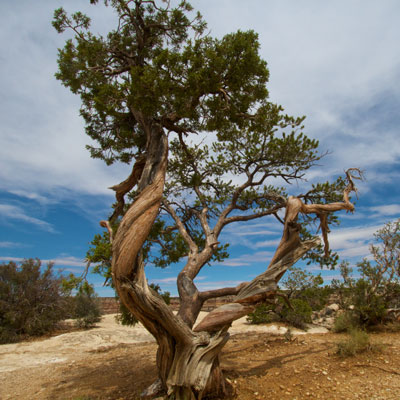
Photo by: Alan Levine
Junipers require deep irrigation at almost every stage. Irrigation should be deep enough so that water reaches 18 inches below the surface. Only then the deep roots of juniper get enough water. During the first days of plantation, irrigation should be done on a weekly basis. This should be as much as 2 inches per week. This can be continued until the roots become strong and healthy. That is when the plant gets established. Care should be taken so that the leaves are not subjected to moist conditions, which may cause fungal infections. So while irrigating, leaves should not be watered. Adjustments must be made according to periods of rainfall and drought. Also, prior to winter, enough water should be given so that plants do not get devoid of water during the season. Otherwise, these plants will not survive winter.
Irrigation can be done using the sprinkler system also. But it needs more care as it may lead to over irrigation or more moisture in the soil. Also, there are chances that the roots get decayed. So when the sprinkler system is used, proper care should be taken in adjusting the amount of water being sprinkled and proper adjustments should be done according to the climate.
Care
Care should be taken by providing enough fertilizers, pesticides, protection against weed, etc. Fertilizers with high level of nitrogen should be opted like 10-8-6 or 10-10-10 combinations. Fertilizer should be applied, followed by enough irrigation so that the fertilizer gets evenly spread in the soil. Also, it should not be allowed to come in contact with trunk which may lead to root burn. So a safe distance of 1 foot should be kept from the trunk.
All unwanted weeds should be removed from time to time. A mulch layer of 2-3 inches should be given around the plant in order to avoid weed growth and excess moisture content. The best method of removal of the weed is by plucking them along with their roots. This will cause a deceleration to the growth of such invasive weeds which tend to take all water and nutrients of juniper plants.
Organic composts will boost healthy growth. So it should be prepared from chopped leaves, dried grass or wood chips and fed to the plants occasionally. Younger plants can be fed once a year.
One of the greatest threats to junipers is spider mites, which may injure foliages by removing cell content. This should be checked properly even though difficult, due to sudden outbreaks. Another such threat is the scale insects and bagworms. Junipers also get infected with diseases caused by fungi kabatina and phomopsis. This is caused due to excessive moist condition, mainly in shaded regions and where the sprinkler system is used.
Varieties
Let’s have a brief knowledge about some varieties of junipers. Some of the important ones are listed below along with their Latin names inside the braces.
- Alligator Juniper (Juniperus deppeana)
- California Juniper (Juniperus californica)
- Chinese Juniper (Juniperus chinensis)
- Common Juniper (Juniperus communis)
- Creeping Juniper (Juniperus horizonatlis)
- Drooping Juniper (Juniperus flaccida)
- Eastern Redcedar
- Greek Juniper (Juniperus excelsa)
- One- seed Juniper (Juniperus monosperma)
- Utah Juniper (Juniperus osteosperma)
- Western Juniper (Juniperus occidentalis)

Having discovered a fondness for insects while pursuing her degree in Biology, Randi Jones was quite bugged to know that people usually dismissed these little creatures as “creepy-crawlies”.

